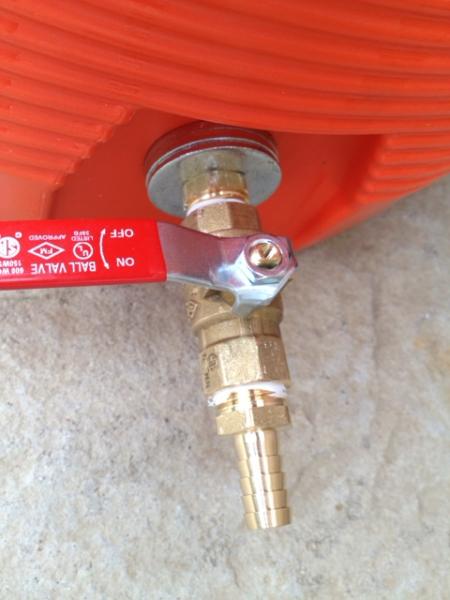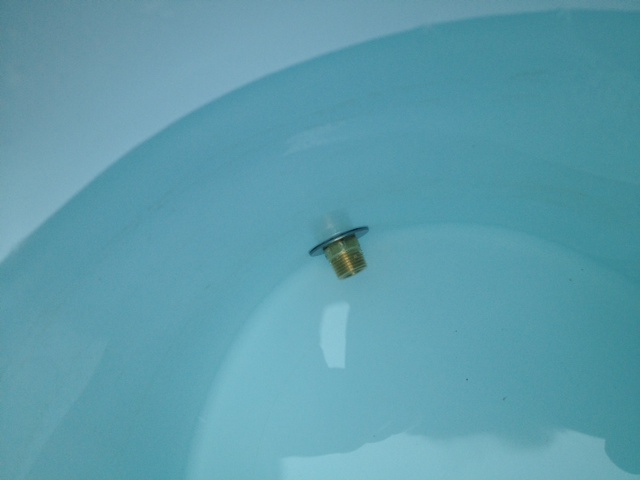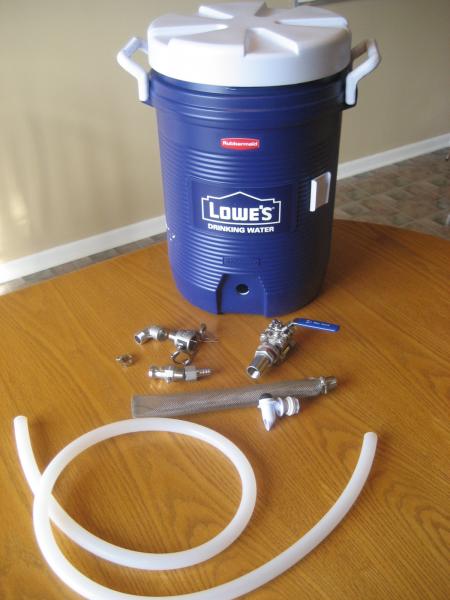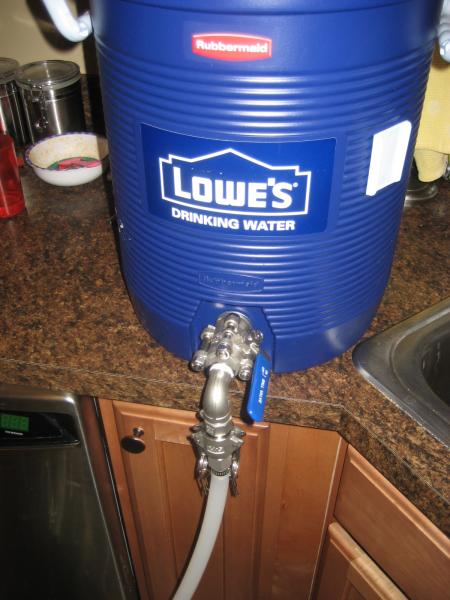eyedoctodd
Well-Known Member
Hello all,
Brewed my first AG last weekend with the the 10-gal Rubbermaid and the 3/8 fittings mentioned at the start of the thread. Everything went fine with the 5/16 vinyl hose into the kettle.
My question (and pardon if this has been answered, I did search and found no solid answer) is if anyone has got the same 10-gallon cooler working with 1/2" fittings. I am soon upgrading to a Top Tier and wanting to go with the SS camlocks with 1/2" NPT all around (other than the females with hose barbs on the hoses) and wanted to make every connection possible the same 1/2" size.
I can't imagine the OD of a 1/2" diameter pipe nipple is too great to go through the standard hole on the cooler, though it raises questions about what to do with the "existing white gasket" that we save, or if that needs to be replaced with something larger.
Does anyone here have it piped with 1/2" and have an alternate parts list? Or can anyone provide a forum link if this has already been asked?
Thanks in advance!!!
Brewed my first AG last weekend with the the 10-gal Rubbermaid and the 3/8 fittings mentioned at the start of the thread. Everything went fine with the 5/16 vinyl hose into the kettle.
My question (and pardon if this has been answered, I did search and found no solid answer) is if anyone has got the same 10-gallon cooler working with 1/2" fittings. I am soon upgrading to a Top Tier and wanting to go with the SS camlocks with 1/2" NPT all around (other than the females with hose barbs on the hoses) and wanted to make every connection possible the same 1/2" size.
I can't imagine the OD of a 1/2" diameter pipe nipple is too great to go through the standard hole on the cooler, though it raises questions about what to do with the "existing white gasket" that we save, or if that needs to be replaced with something larger.
Does anyone here have it piped with 1/2" and have an alternate parts list? Or can anyone provide a forum link if this has already been asked?
Thanks in advance!!!




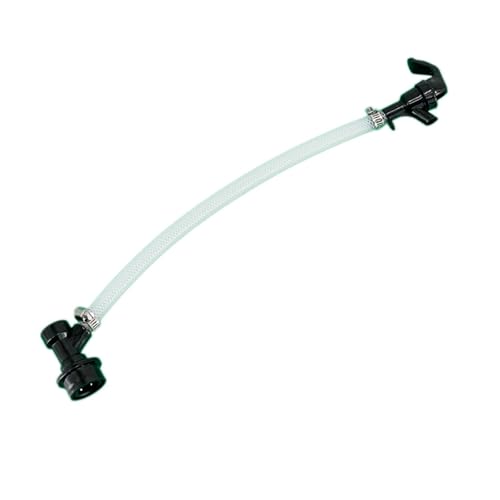




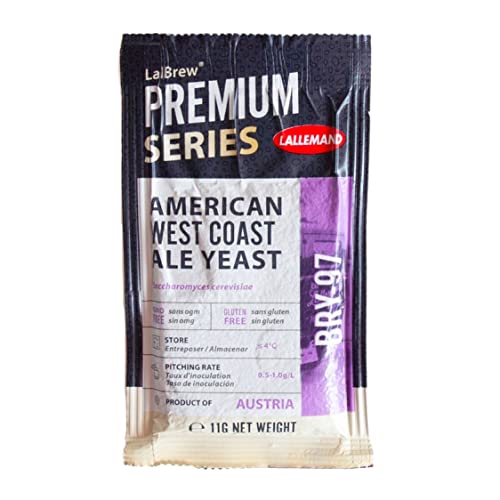






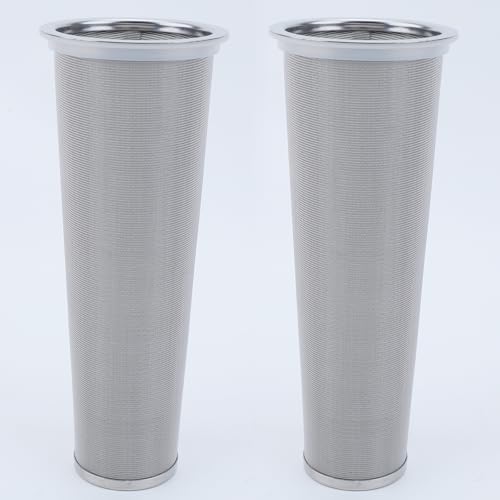














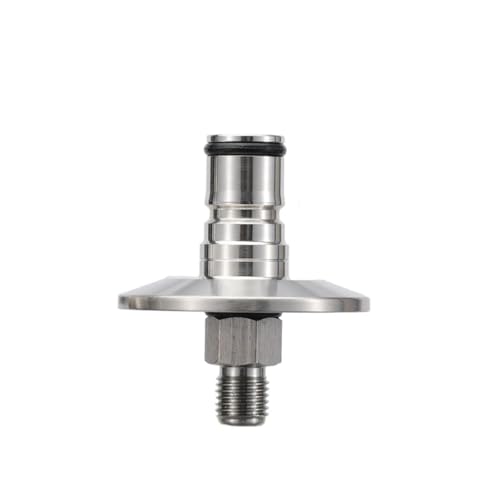











![Craft A Brew - Safale S-04 Dry Yeast - Fermentis - English Ale Dry Yeast - For English and American Ales and Hard Apple Ciders - Ingredients for Home Brewing - Beer Making Supplies - [1 Pack]](https://m.media-amazon.com/images/I/41fVGNh6JfL._SL500_.jpg)
















